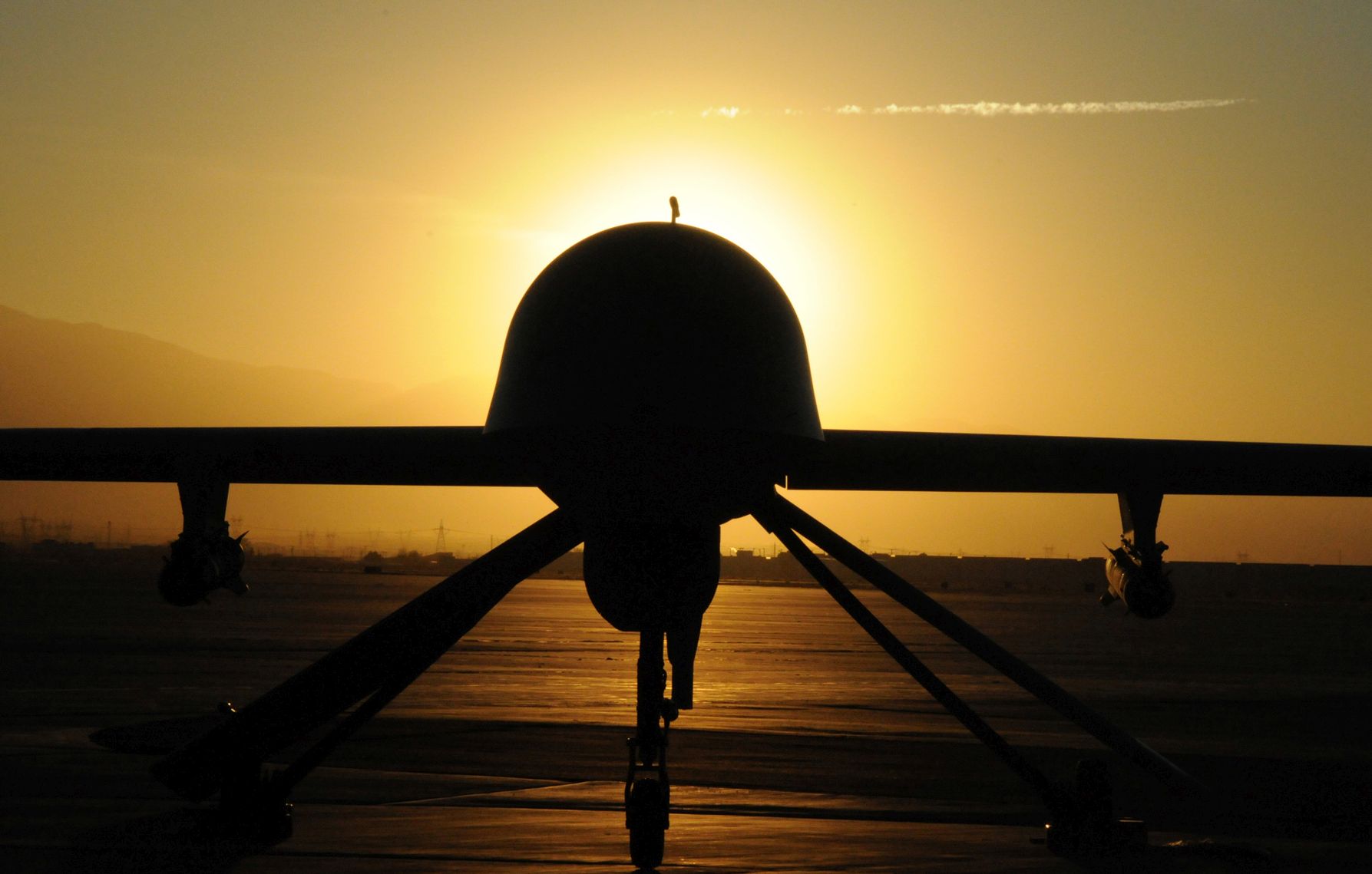It’s strange that the latest U.S. war is so rudderless, given that it was launched from a pair of Navy destroyers boasting rudders 14 feet high and wide.
To anyone or anything hit by a Tomahawk cruise missile, its 1,000-pound warhead is deadly and destructive. But the 30 tons of firepower President Trump ordered fired early April 7 at Syria’s Shayrat air base, crammed into the noses of 59 Tomahawks, only serve to highlight their impotence.
The Tomahawk Land Attack Missile (TLAM, to close friends) is the perfect weapon for 21st Century American warfare. Not only did the commander-in-chief unleash them from the USS Porter and USS Ross in the Mediterranean without congressional approval, they flew hundreds of miles to their targets without risking the life of a single U.S. pilot.
The U.S. military first used Tomahawk missiles in the opening hours of 1991’s Gulf War against Iraq. They were designed to clear the way for manned-aircraft strikes (and a short ground war) to follow, not the entire attack. But they increasingly are being used as a spasmodic way of kinetically expressing U.S. displeasure. Before the Syrian strike, the U.S. lobbed the million-dollar missiles at Yemeni rebel radar sites last October. How many Americans remember that act of war?
Trump’s strike “is nothing more than ‘international security theater,’” says Theresa Hitchens of the Center for International and Security Studies at the University of Maryland. “The bombing raid did nothing to stop the long-running Syrian civil war, nor to topple Syrian President Bashar al-Assad, nor to persuade Moscow to reduce its support for him.”
Indeed, the downside of such strikes is that there is rarely any follow-through. The unilateral nature of Trump’s strike turns it into little more than a geopolitical weather vane, tied only to his outrage and disgust, but delinked from any official U.S. policy, strategy, or declaration of war. While that allows for quick action, it also means it was a, ahem, Potemkin attack, with all of Trump’s fury, but none of America’s formal endorsement, to back it up.
Such strikes “usually signal weakness, not resolve,” adds Daniel Byman of Lawfare. “The dictator or terrorist on the receiving end suffers little but often looks stronger because they survived a U.S. attack and can boast about their defiance.”
If Assad ignores the message and uses chemical weapons again, Trump can order more strikes. But such tit-for-tat war only makes the U.S. look ineffective. So long as the U.S. is determined not to broaden its role in the Syrian civil war, Assad could conclude such strikes are a cost he can bear. It’s worth keeping in mind that the U.S. dropped 7 million tons of bombs during the Vietnam War—double that delivered in the European and Pacific theaters in World War II—and lost.
But this is increasingly the way American fights, as I have noted before. Congress won’t declare war, the public lets an all-volunteer force (and its hired contractor hands) wage it, and lets the government bill much of its cost to future generations.
Beyond all this was the feckless nature of Trump’s strike. He said the deaths of at least 74 civilians, allegedly at the hands of forces loyal to al-Assad at Khan Shaykhun, had changed his view of Assad. That’s mighty peculiar, given that Assad carried out a far more deadly chemical attack in 2013 that killed 1,400 civilians—and that the civil war he is fighting has killed an estimated 400,000 civilians since 2011. It’s a curiosity in the “civilized” world that death by barrel bombs—being burned alive—is viewed as less vile than death by nerve agent.
The fallout from the attack has turned some Trump skeptics into supporters. “The president has been chief executive since January 20, but this week he acted also as Commander in Chief,” wrote Elliott Abrams, a veteran GOP diplomat whose campaign criticism of Trump reportedly kept him from a top job in the administration’s State Department. “He finally accepted the role of Leader of the Free World.”
The press went along, too. Brian Williams on MSNBC used variations of the word “beauty” three times to describe images from the Pentagon-provided videos of the Tomahawks lifting off. “We see these beautiful pictures, at night, from the decks of these two U.S. Navy vessels in the eastern Mediterranean,” he said. “I am guided by the beauty of our weapons,” he added, quoting a lyric from a song by Leonard Cohen, the Canadian singer-songwriter who died last fall.
Toasting military action without knowing—and being ready for—what comes next is always a crap shoot.
“In wartime,” Glenn Greenwald said on The Intercept, “U.S. television instantly converts into state media.”
It’s that affirmation that’s particularly dangerous. Toasting military action without knowing—and being ready for—what comes next is always a crap shoot.
Such attacks have been known as “pinprick” strikes ever since President Clinton launched Tomahawks against Osama bin Laden’s al Qaeda training camps in Afghanistan in 1998. Three years later, al Qaeda struck back, on Sept. 11, 2001. Whether last week’s strike on Syria triggers a similar reaction—or ends up leading to the end of the Syrian regime—remains an open question.
President Trump is no doubt hoping for the latter. But as any military officer will tell you, hope should never be part of the military’s toolkit.










